Beyond Everest: Discovering Nepal’s Hidden Trekking Gems in 2025
Nepal isn’t just about conquering the world’s tallest peak—it’s a trekker’s paradise where ancient culture meets breathtaking landscapes, offering adventures for every skill level.
When most people think of trekking in Nepal, Everest Base Camp immediately comes to mind. While this iconic trek certainly deserves its reputation, Nepal’s diverse landscape offers countless other extraordinary trekking experiences that remain relatively undiscovered by the masses. From the rhododendron forests of the Annapurna region to the remote valleys of Dolpo, Nepal’s trekking trails weave through some of the most spectacular mountain scenery on Earth.
Why Nepal Should Top Your Trekking Bucket List
Nepal sits at the heart of the Himalayas, home to eight of the world’s fourteen peaks over 8,000 meters. But beyond these giants lies a country rich in cultural diversity, with over 100 ethnic groups calling these mountains home. Every trek in Nepal is a journey through both natural wonder and living history.
The country’s unique geography creates incredible biodiversity within relatively short distances. You might start your trek in subtropical forests filled with orchids and rhododendrons, climb through alpine meadows dotted with prayer flags, and end up in stark, beautiful high-altitude deserts that feel like another planet entirely.
The Classic Treks: Tried, True, and Spectacular
Everest Base Camp Trek (12-16 days)
The granddaddy of all treks, this journey to the base of the world’s tallest mountain remains unmatched for sheer drama. Starting from the hair-raising flight into Lukla, you’ll walk in the footsteps of legendary mountaineers while staying in traditional Sherpa villages. The highlight isn’t just reaching base camp—it’s the sunrise view from Kala Patthar that will leave you speechless.
Best time: October-November and March-May Difficulty: Moderate to challenging Maximum elevation: 5,364m (Kala Patthar)
Annapurna Circuit (15-20 days)
Once called the world’s best trek, the Annapurna Circuit offers incredible diversity in a single journey. You’ll pass through lush valleys, cross the challenging Thorong La Pass at 5,416 meters, and witness some of the most varied mountain scenery in the Himalayas. The trek showcases different ethnic communities, from Hindu villages in the lower regions to Tibetan Buddhist culture in the upper Mustang area.
Best time: October-November and March-May Difficulty: Moderate to challenging Maximum elevation: 5,416m (Thorong La Pass)
Hidden Gems: Nepal’s Best-Kept Trekking Secrets
Manaslu Circuit Trek (14-18 days)
Often called the “off-the-beaten-path Annapurna,” this trek around the world’s eighth-highest peak offers similar rewards with fewer crowds. The trail passes through pristine forests, traditional villages, and offers stunning views of Manaslu (8,163m). The Larkya La Pass crossing is challenging but incredibly rewarding.
Upper Dolpo Trek (18-25 days)
For those seeking true wilderness, Upper Dolpo is Nepal’s largest national park and one of its most remote regions. This high-altitude desert landscape, popularized by the film “Caravan,” offers a glimpse into ancient Tibetan culture that remains largely unchanged. Expect stark beauty, challenging conditions, and an experience few trekkers will ever have.
Gokyo Lakes Trek (12-15 days)
An alternative to Everest Base Camp that’s equally spectacular but less crowded. The trek leads to a series of stunning turquoise lakes beneath Cho Oyu, the world’s sixth-highest peak. The climb to Gokyo Ri offers arguably better panoramic views than Kala Patthar, including four peaks over 8,000 meters.
Planning Your Nepal Trek: Essential Tips
When to Go
Nepal’s trekking seasons are well-defined:
- Pre-monsoon (March-May): Clear skies, blooming rhododendrons, but warmer temperatures
- Post-monsoon (October-November): Crystal-clear views, stable weather, peak season crowds
- Winter (December-February): Fewer crowds, cold temperatures, possible snow at high elevations
- Monsoon (June-September): Rain, leeches, cloudy views—generally avoided for high-altitude treks
Physical Preparation
Start training at least 2-3 months before your trek. Focus on cardiovascular fitness, leg strength, and gradually increase your hiking distance. Don’t forget to break in your trekking boots thoroughly—blisters at altitude are no joke.
Altitude Considerations
Acute mountain sickness (AMS) is a real concern on high-altitude treks. Plan for proper acclimatization days, recognize the symptoms, and never ignore your body’s warning signs. The golden rule: climb high, sleep low.
Permits and Documentation
Most treks require permits:
- TIMS Card (Trekkers’ Information Management System): Required for most treks
- National Park Permits: Needed for protected areas like Sagarmatha and Annapurna
- Restricted Area Permits: Required for areas like Upper Mustang and Upper Dolpo
Cultural Immersion: More Than Just Mountain Views
Nepal’s trekking trails are living cultural corridors. In the Everest region, you’ll experience Sherpa culture, with its deep Buddhist traditions and mountaineering heritage. The Annapurna region showcases the diversity of Nepal’s ethnic groups, from Gurung and Magar communities to Tibetan-influenced cultures in the upper reaches.
Take time to visit monasteries, participate in local festivals if timing allows, and learn basic Nepali phrases. The warmth of Nepalese hospitality is legendary—a simple “Namaste” opens doors and hearts throughout the mountains.
Sustainable Trekking: Protecting Nepal’s Mountain Heritage
As tourism grows, so does our responsibility to protect these fragile environments. Choose eco-friendly lodges, carry reusable water bottles with purification tablets, and follow Leave No Trace principles. Consider hiring local guides and porters through reputable agencies that ensure fair wages and proper equipment.
Many areas now have community-based tourism initiatives that directly benefit local communities. Supporting these programs helps ensure that tourism contributes positively to the regions you visit.
Your Nepal Adventure Awaits
Nepal’s mountains have been calling to adventurers for generations, and in 2025, they’re calling louder than ever. Whether you’re drawn to the iconic Everest Base Camp trek or the remote wilderness of Dolpo, Nepal offers trekking experiences that will challenge, inspire, and transform you.
The key is choosing the right trek for your experience level and interests. First-time trekkers might start with shorter routes like the Ghorepani Poon Hill trek, while experienced adventurers can tackle the challenging high passes and remote valleys that define Nepal’s most spectacular journeys.
Every step on Nepal’s mountain trails is a step into adventure. The only question is: which trail will you choose for your Himalayan odyssey?
Ready to start planning your Nepal trekking adventure? The mountains are waiting, and every season offers its own unique magic. From the rhododendron blooms of spring to the crystal-clear views of autumn, Nepal’s trekking trails promise memories that will last a lifetime.
Share this content:
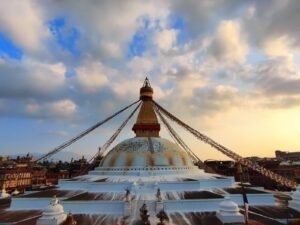
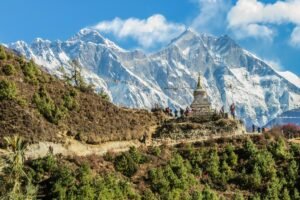
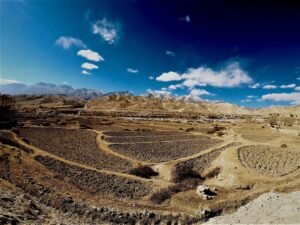
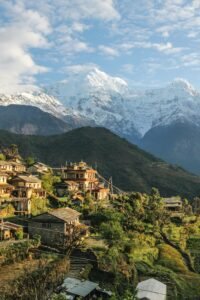
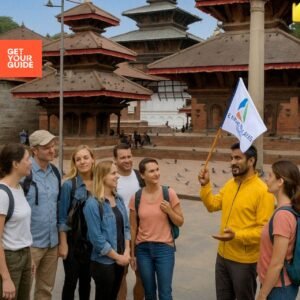
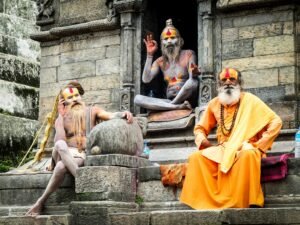
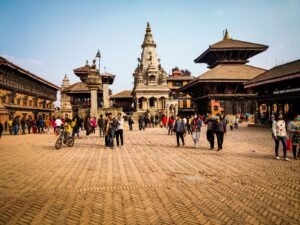
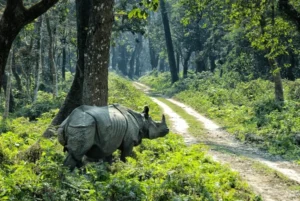
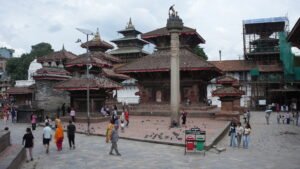
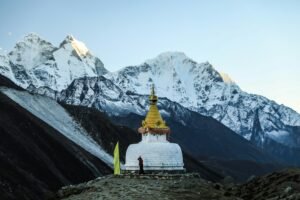
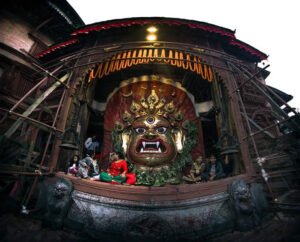
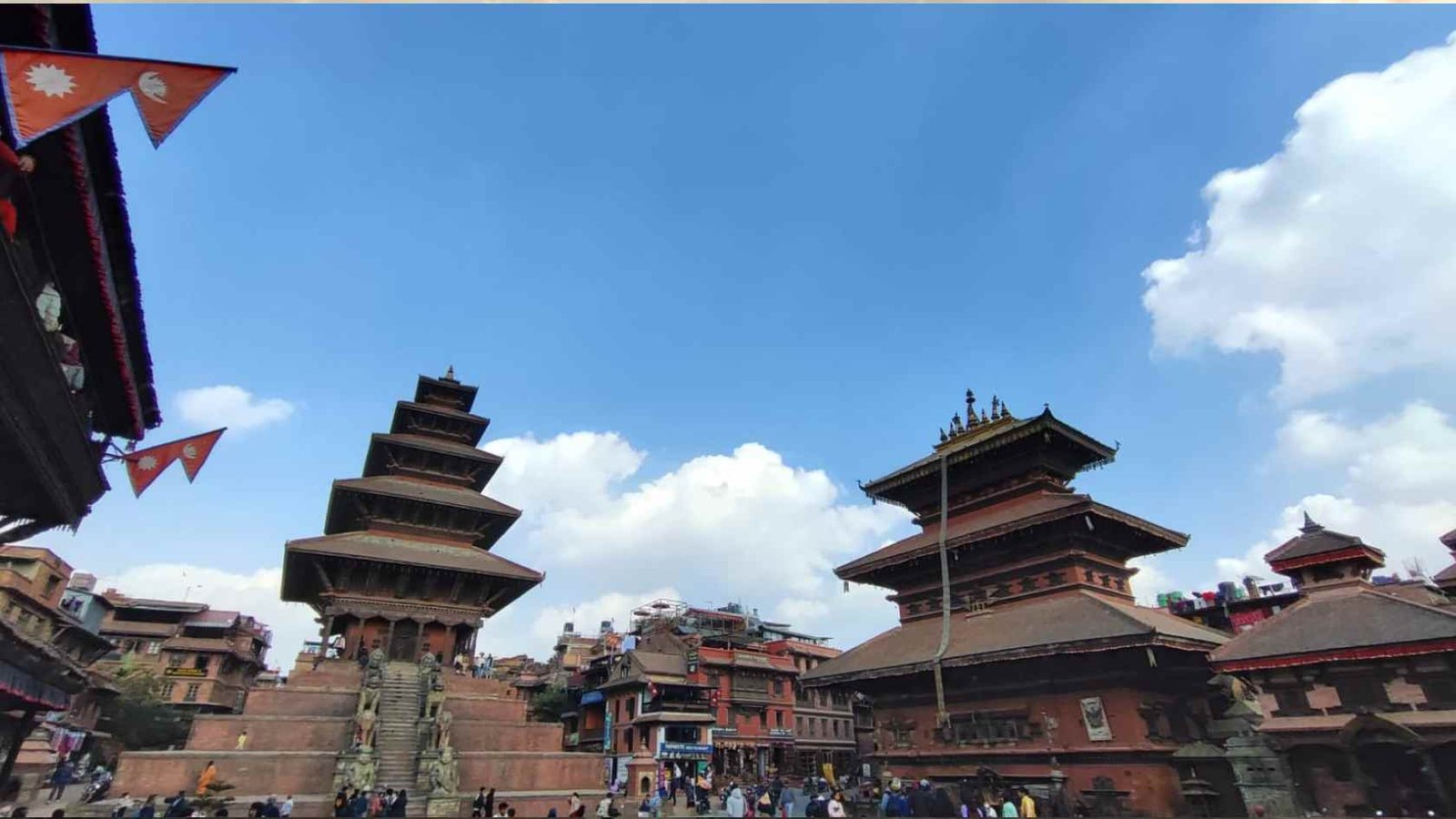


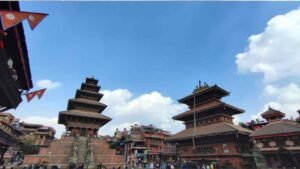

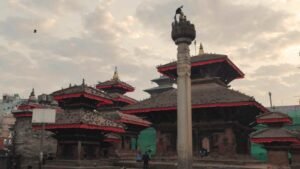

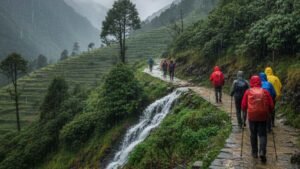
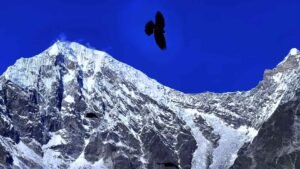
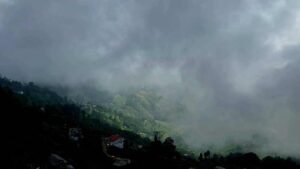

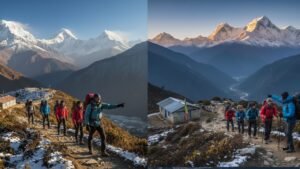
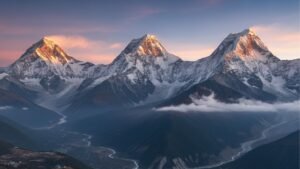
Post Comment